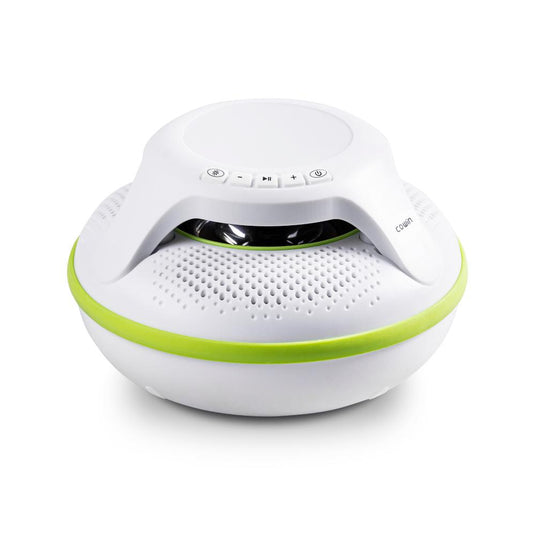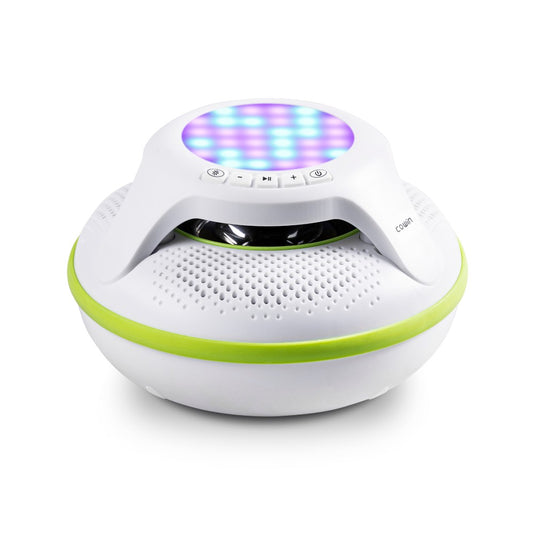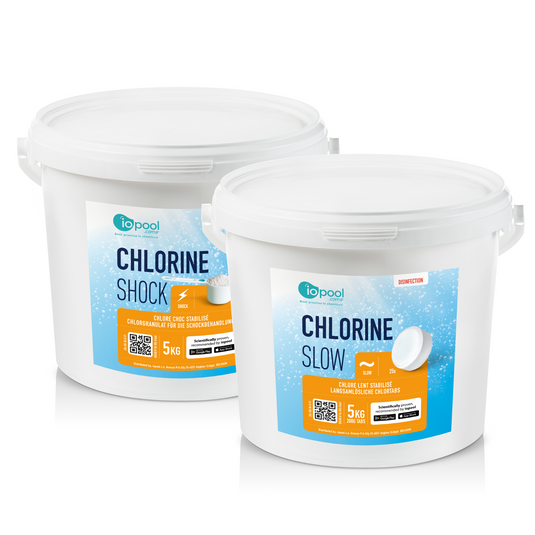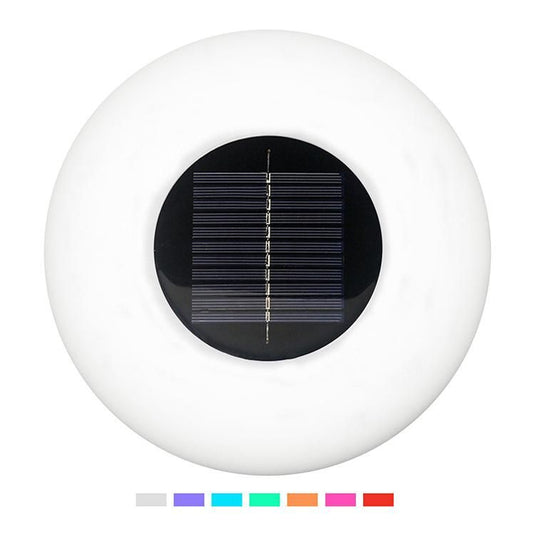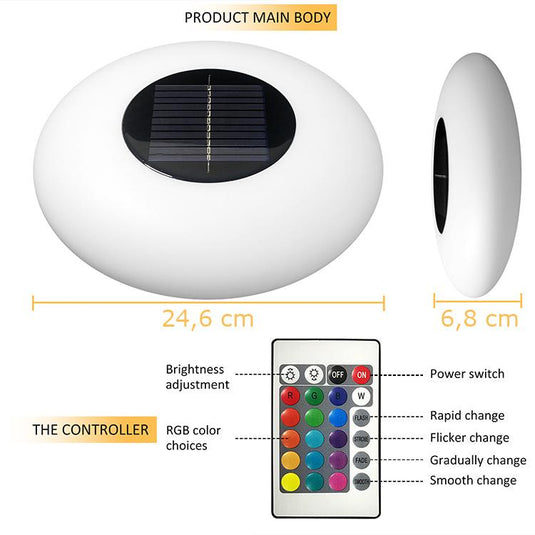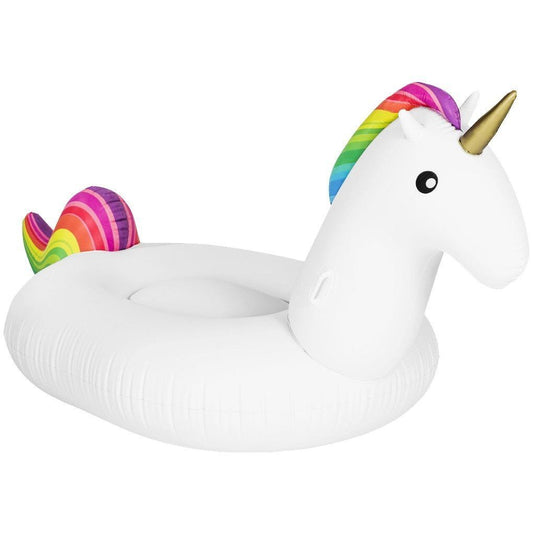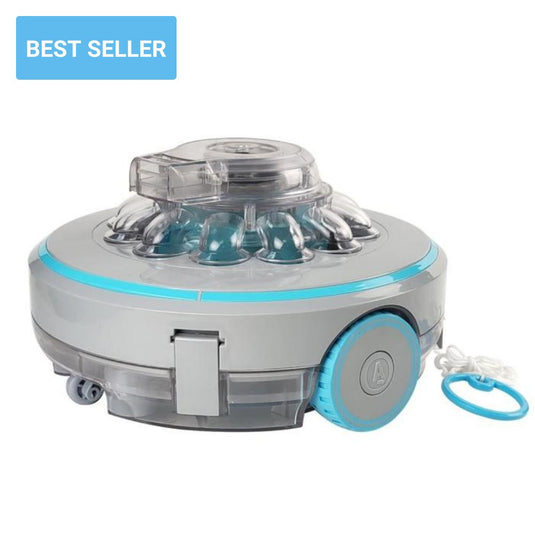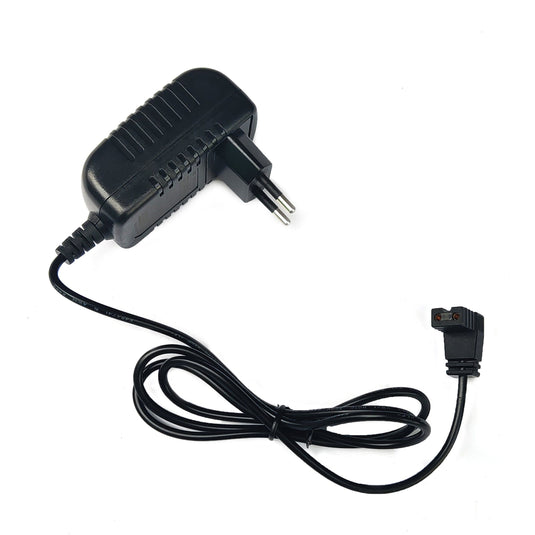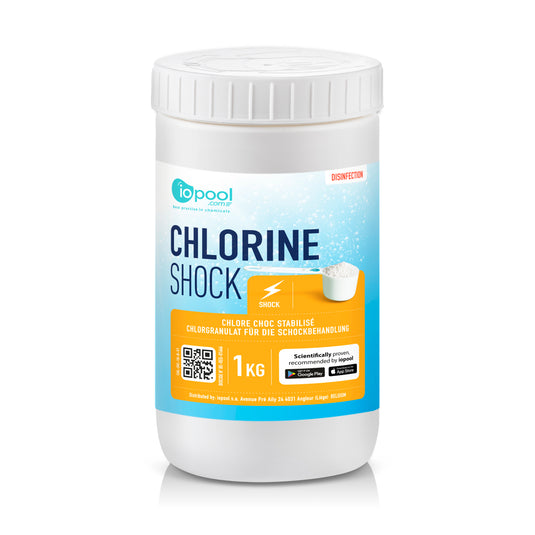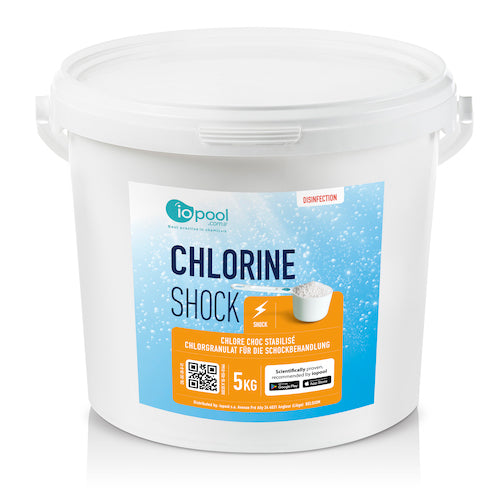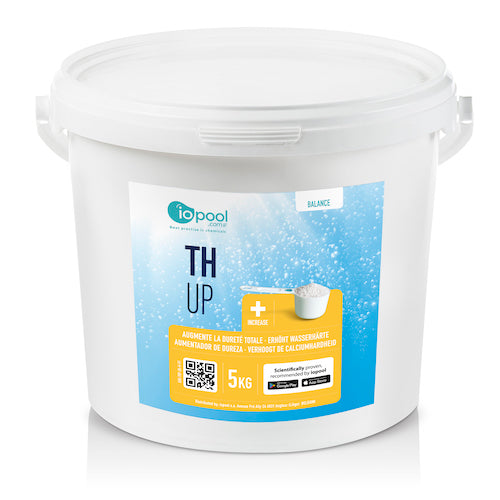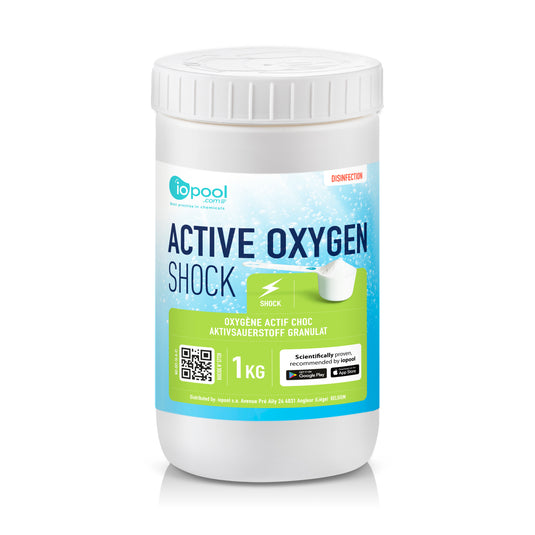Taylor Balance
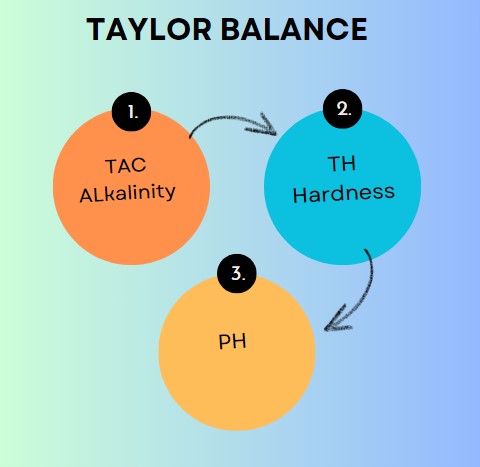
Most pool owners can agree that pool water balancing is a complicated practice. Between constantly testing your water and adding chemicals, it can feel like you're back in science class. However, you can simplify your pool's maintenance by following Taylor Balance. While this may sound daunting, it's pretty straightforward. You'll be surprised how easily you can balance your pool's chemistry. Keep reading to find out how.
What is Taylor Balance?
Taylor Balance refers to the measure of your pool's calco-carbonic levels. What are the calco-carbonic levels? It includes TAC, TH, and pH. Here's a deeper explanation of these values:
TAC
This refers to the Complete Alkalimetric Title. It measures all the carbonates, bicarbonates, hydroxides, and other alkaline materials in your pool's water.
Total alkaline helps keep your pH stable. If your pool's alkalinity is too low, you can raise it with an alkalinity increaser. Likewise, you can bring it down with a decreaser for an alkaline level that is too high.
Alkaline is an essential element of Taylor Balance.
💡Alkalinity is typically best in the 80-120 ppm range.
TH
Refers to Hydrotimetric Title. It's the amount of calcium and magnesium in the water. A test for this value measures how "hard" or "soft" the water is. Hard water will have high levels of calcium and magnesium. If levels are too high, the water becomes saturated—which throws off your pool's chemistry. Soft water does not have a high level of calcium and magnesium, but it could corrode your pool's parts.
💡The ideal level of calcium hardness is around 200-400 ppm.
You can actively manage the TH of your pool through test strips and a photometer. We'll get into the ways you can measure TH later.
pH
The pH is the hydrogen potential of water. It measures the acidity of your water. The pH scale ranges from 0-14, with seven being neutral. A pH level below seven is considered acidic, while levels above seven are considered alkaline. You can adjust your pool's pH by adding or decreasing pH increasers.
💡The ideal pH of pool water ranges from 7.2-7.6.
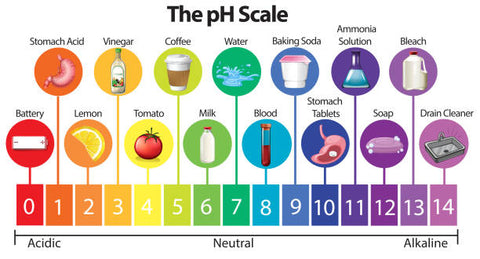
What Happens When You Don't Monitor Taylor's Balance?

Staying on top of your pool's chemistry is critical. Not paying attention to Taylor Balance could present issues for your pool's water quality and parts. Some potential problems include:
- Cloudy water
- Corroded pool accessories (i.e., ladders, railing, light fixtures, pumps, heaters)
- Allergic reactions in swimmers (i.e., dry skin, stinging eyes)
- White spots on pool accessories and parts
- Weak and brittle pool liners
- Clogged pool filters
- Reduced water flow
- Heater inefficiency
- Pitting of concrete surfaces
How to Use Taylor Balance
There are quite a few steps involved in using Taylor Balance, but it's simple once you get the hang of it. Here's how to do it:
Step 1: TAC
Measure the TAC of your water. To do this, you can use a testing strip or photometer. The TAC level should be between 80-120ppm. To lower the TAC level, turn off your pump and add a pH decreaser. Raise the pH to about 7.2 or 7.4 and re-test. Repeat the process if TAC remains high.
Step 2: TH
Now it's time to test the TH. Your levels should read between 200ppm and 400ppm. If your levels fall below 200ppm, add calcium chlorine. If it's too high, drain the pool and replace some water. You can also use muriatic acid.
Step 3: pH
Finally, it's time to measure your pool's pH. You can do this using a plain test strip. Your pool should have a level of 7-7.8. If your pH level is above 7.8, add an acid to lower it. For levels below 7, add a base to bring your pH to a more basic range.
Stay on Top of Your Pool Balance with iopool
Taylor Balance requires constantly testing your water and adjusting its conditions. Yes, it's a lot of work, but you can make the job more manageable with the right tools.

